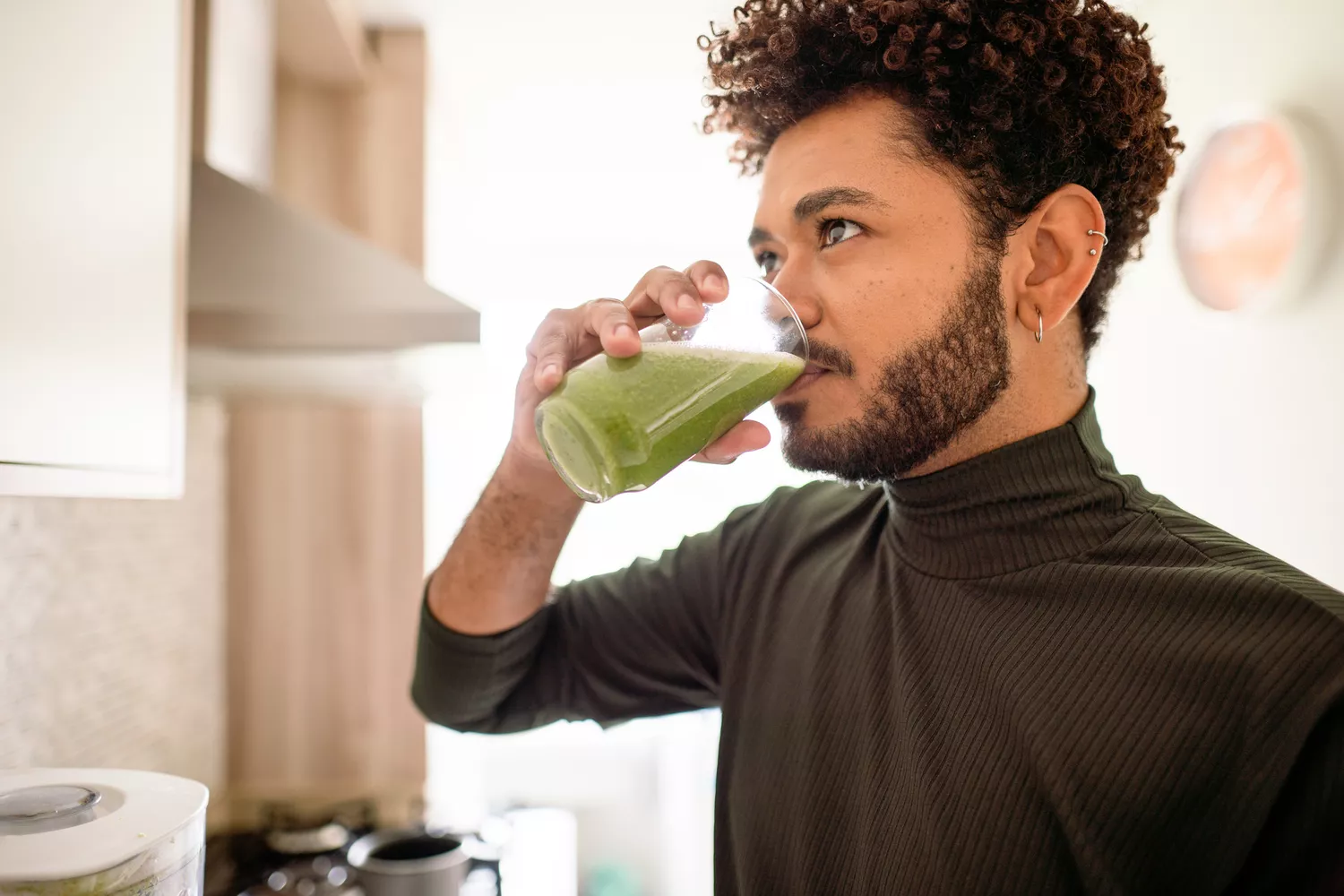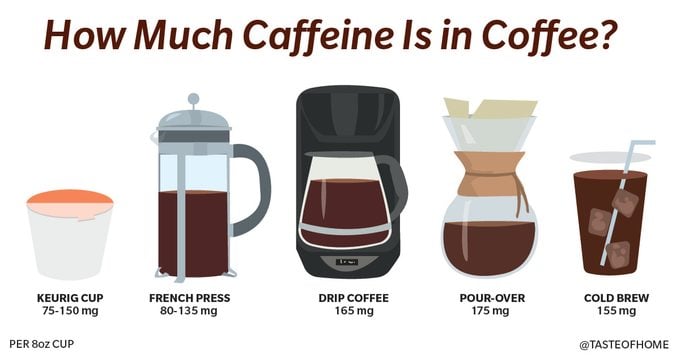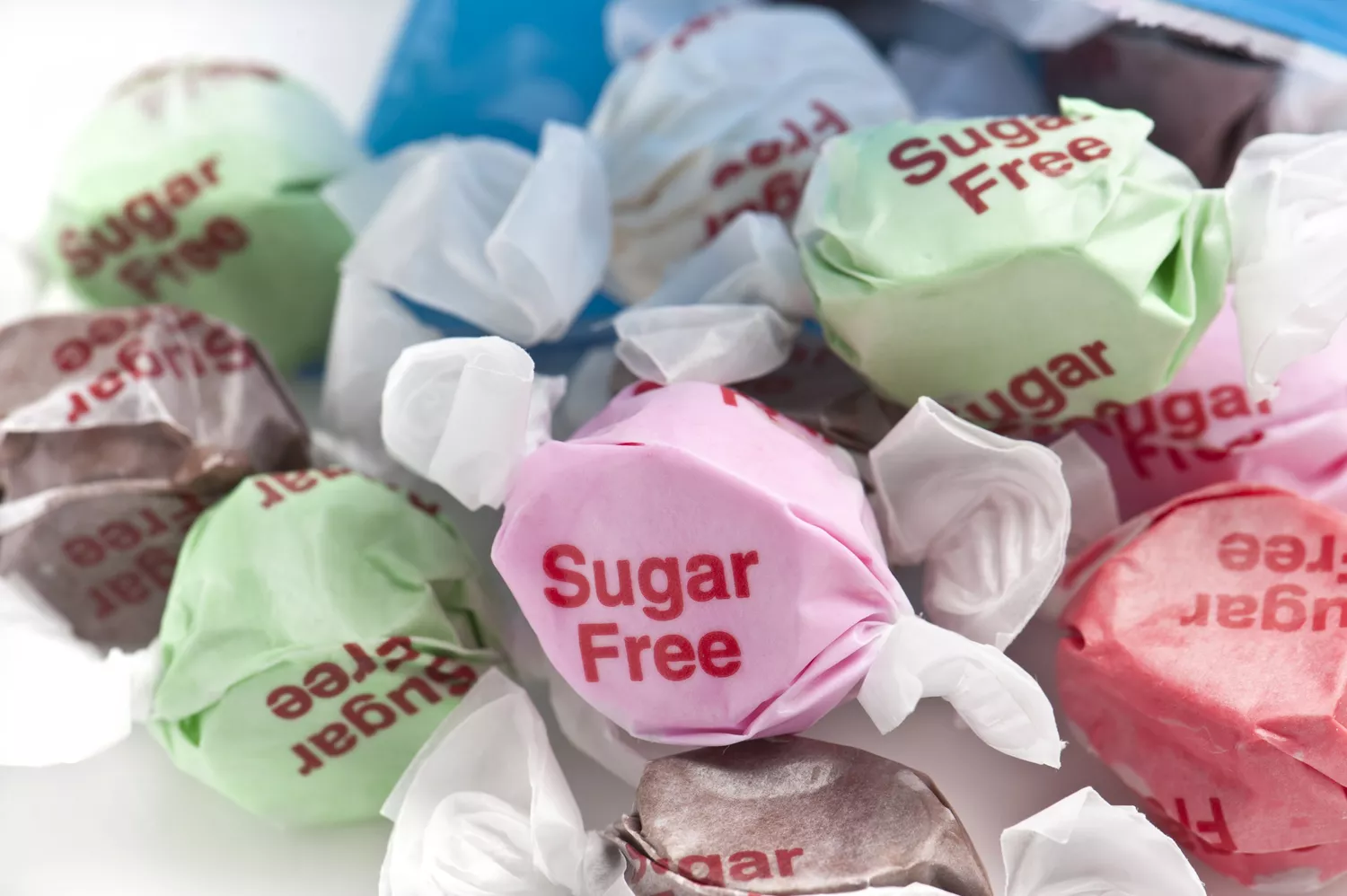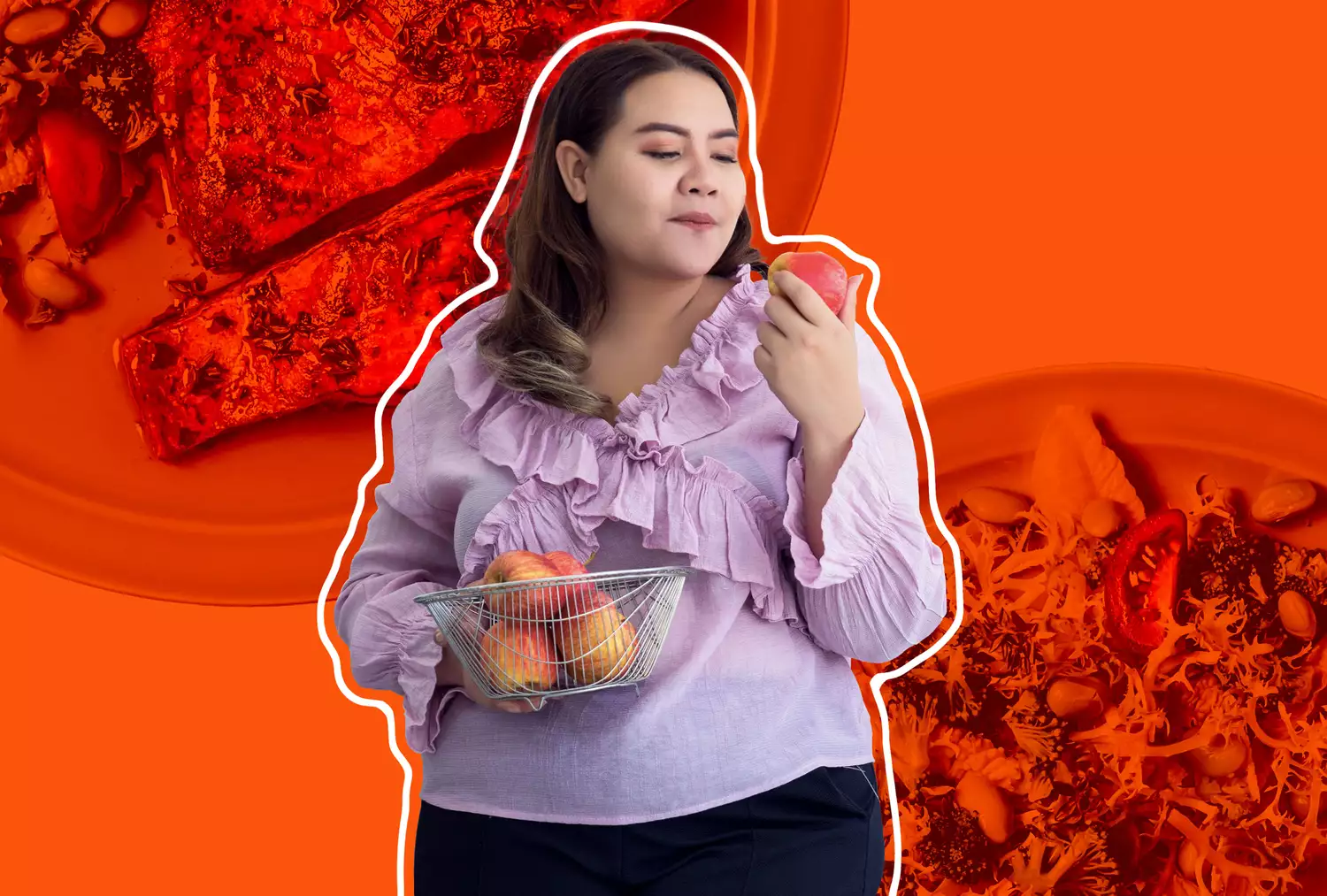Have you ever ended up a workout and felt like you need to eat a huge meal? Have you completed an exercise and seemed like you weren’t starving, despite the fact that you assumed you would be? Both of those situations are realistic instances of exactly how workout impacts your hunger. You may believe exercise will always make you starving, yet it’s actually extra nuanced than that.
Exercise has the capability to either boost or lower your hunger, depending upon the kind of training you are doing, your physiology, and your present diet plan. Recognizing exactly how workout impacts cravings can aid you plan your pre and post-workout nourishment in addition to strategize your dish consumption to enhance the physical fitness progress you’re pursuing.
Cravings vs. Hunger
Hunger and cravings are not one and the same. Appetite is a physical sensation triggered by hormones and chain reactions that happen when your body senses that it calls for a lot more food. This response can happen for a range of reasons.
Cravings is a mental response that can be a learned response or take place due to triggers like monotony, emotions, seeing, or scenting appealing foods. These triggers can cause you to eat also when you’re not starving. A number of hormones control hunger, appetite, and food digestion.
The terms cravings and hunger are commonly used reciprocally, also in clinical literary works, yet using words to describe separate features is valuable for describing the differences between emotional and physiological needs for food.
A crucial indicate keep in mind always is that nutrient-dense foods that fuel your training and assist your body repair after workout are vital. Regardless of your objectives, concentrating on food top quality is essential for ideal efficiency and well-being.
Hormones That Control Appetite
There are several hormones and hormone communications that affect hunger. Comprehending exactly how these hormonal agents influence hunger will certainly offer context for exactly how different forms of workout engage with these hormonal agents and, for that reason, appetite. Here are the considerable influencers:
Leptin: Increased leptin degrees trigger the hypothalamus to decrease cravings. Leptin is secreted by adipose tissue (body fat) right into the bloodstream.1 Greater degrees of leptin coincide with greater body fat degrees and raise with food intake.
Ghrelin: Ghrelin deals with the hypothalamus to raise appetite. It is generated by the tummy and tiny intestinal tract when your stomach is vacant.2.
Adiponectin: Adiponectin is produced by fat cells and increases as your level of body fat drops. Conversely, when your body fat levels raise, your adiponectin degrees reduce.3.
Cholecystokinin: Cholecystokinin is created in the small intestinal tract during and after consuming. It causes bile and digestion enzymes to release into the small intestine, suppresses hunger, and raises sensations of volume.4.
Peptide YY: Peptide YY subdues wish for about 12 hours post-meal. It is created in the large and tiny intestinal tracts.5.
Insulin: Insulin regulates blood glucose levels and reduces appetite. It is created in the pancreatic.6.
Glucocorticoids: Glucocorticoids in too much amounts enhance cravings while a cortisol deficiency can decrease appetite. They are made by your adrenal glands and have numerous functions including controling inflammation.7.
The Effects of Intense Exercise.
Research study on the results intense workout carries cravings points to a blunting effect, implying that your HIIT session could create decreased feelings of hunger afterward.8 This result may not lower overall calorie intake on the day of training, however instead, blunts wish for a while after the workout, according to some research study. Nevertheless, the scientific agreement on this is blended.
A research that kept an eye on the degrees of particular appetite hormones after intense forms of workout, showed that ghrelin and appetite were suppressed after high-intensity constant training. Blood samples were acquired instantly pre-and post-exercise, along with 30- and 90-min post-exercise.9.
While these impacts were additionally seen with moderate-intensity continuous training, they were greatest after sprint interval training. In this particular research study, energy intake was minimized on the day after high-intensity continuous training contrasted to both modest strength and the control group which did not workout. This study checked calorie intake the day in the past, day of, and day after the exercise and disclosed a decline in general caloric intake on the day after.
Countervailing intake is an essential factor to consider. What this term implies is whether or not the reductions of cravings cause a total reduction in calorie consumption or otherwise. If cravings is reduced however it doesn’t change just how much you wind up consuming in time, after that it makes little to no difference to your calorie balance (calories in versus calories out).

The Effects of Moderate Workout.
Moderate workout has actually been shown to influence cravings, appetite, and calorie intake in numerous methods. A number of research studies have actually revealed that the majority of people don’t experience countervailing modifications in cravings after moderate-intensity workout.10.
Moderate continual workout can reduce cravings with a rise in peptide YY, which suppresses hunger for regarding 12 hours. What this indicates is that moderate-intensity workout, which burns calories, therefore increasing your calorie result, does not create cravings that results in boosted food intake. That being said, eating after you exercise is vital for recovering glycogen and repairing muscle mass.1110.
Studies have ended that moderate workout can delay cravings but does not decrease food intake.12 Nevertheless, it additionally does not boost food intake contrasted to sedentary people. This indicates you can produce a calorie shortage using exercise that will certainly not be lost through eating a lot more later on if that is your goal.13.
If your objective is to gain or keep your weight, or increase performance, you may require to purposefully increase your calorie consumption if you participate in workout. Including slightly more to your normal dishes, particularly in the kind of nutrient-dense protein and carbohydrates, can support your training and aid you gain lean mass.14.
Strength Training and Hunger Law.
Stamina training can be done at light, modest, and intense degrees, relying on the sort of training you do. For example, resistance training with more extended collections making use of numerous associates and lighter weight may not enhance the heart rate excessive, while powerlifting carried out with larger weights can boost the heart price to near optimum.
Strength training, nevertheless, is special from traditional cardiovascular training in that it causes more damages to the muscular tissues than other sorts of exercise frequently do.15 This sort of damage is necessary for muscles to become more powerful and larger.
Some research study recommends that strength training can bring about a substantial increase in appetite.16 Nevertheless, others have actually suggested no rise in caloric consumption. If your goal is to develop muscular tissue and enhance your lean mass, it is most likely you will need to make an aware initiative to take in more calories, not just to develop the brand-new tissues however to make up for the calories burned throughout your training.
Although much less most likely, you can develop muscular tissue and lose fat at the same time, specifically if you are new to toughness training. In this instance, you will certainly require to create a tiny calorie deficiency while making certain to take in sufficient healthy protein to sustain muscle mass tissue development.17.
Barakat C, Pearson J, Esc.
Exactly How These Effects Can Be Utilized Towards Your Objectives.
Including exercise to your lifestyle gives lots of benefits to your health and wellness and health and wellbeing, much beyond bodyweight. Nevertheless, you might also have actually specific goals associated with your weight, consisting of decreasing body fat, getting muscular tissue, sustaining efficiency, or keeping your weight. In that case, there are some things to consider relating to just how your training may influence your cravings.
Weight Gain and Structure Muscular Tissue.
If your objective is to maintain or gain weight, you will likely need to enhance your calorie consumption when including exercise to your way of life to offset the calories lost. To develop muscle and increase your lean mass, you will certainly require a better calorie intake with a special focus on getting adequate healthy protein.14.
You can attempt adding a bit more food per meal or include an additional meal, such as post-workout refueling. Attempt to focus on nutrient-dense foods that will sustain performance for the best outcomes, particularly, intricate carbohydrates, and lean healthy protein.18.
Instances of healthy foods to add include eggs,19 fish,20 tofu,20 chicken, lean cuts of beef, beans and vegetables, whole-grain breads, starchy veggies, pleasant potatoes, oats, and quinoa.


